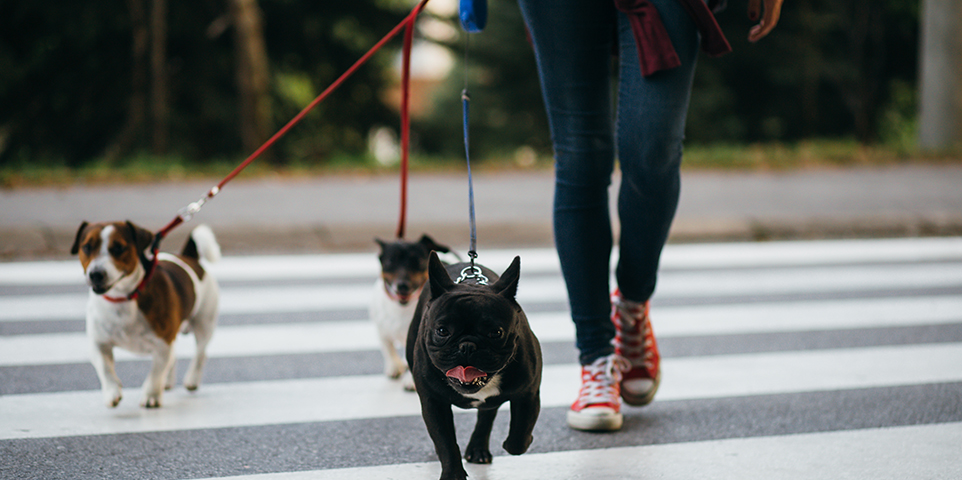MEMBERSHIP
AMPLIFY
EN ESPAÑOL
Connect With Us
- Popular search terms
- Automobile
- Home + Renters
- Claims
- Fraud
- Hurricane
- Popular Topics
- Automobile
- Home + Renters
- The Basics
- Disaster + Preparation
- Life Insurance

Most dogs are friendly, loving members of the family, but even normally docile dogs may bite when they are frightened or when protecting their puppies, owners or food.
According to the Centers for Disease Control and Prevention (CDC), more than 4.5 million people are bitten by dogs annually, resulting in an estimated 800,000 injuries that require medical attention. More than 50 percent of dog bites occur on the dog owner’s property, and they account for one-third of all homeowners insurance liability claims.
Dog owners are liable for any injuries their pets cause in the following instances: if the owner knew the dog had a tendency to cause that kind of injury; if a state statute makes the owner liable, whether or not the owner knew the dog had a tendency to cause that kind of injury; or if the injury was caused by unreasonable carelessness on the part of the owner.
There are three kinds of law that impose liability on owners:
Homeowners and renters insurance policies typically cover dog bite liability. Most policies provide $100,000 to $300,000 in liability coverage. If the claim exceeds the limit, the dog owner is personally responsible for all damages above that amount, including legal expenses.
Most insurance companies will insure homeowners with dogs. However, once a dog has bitten someone, it poses an increased risk. In such a case, the insurance company may charge a higher premium or exclude the dog from coverage altogether. Some companies will require dog owners to sign liability waivers for dog bites. Some will cover a pet if the owner takes the dog to classes aimed at modifying its behavior.
A single lawsuit—even if won—can end up costing hundreds of thousands of dollars. And the greater a person’s assets, the more potentially is at risk. The personal liability coverage available through a standard homeowners or automobile policy simply may not be enough, so you may want to consider purchasing a personal excess liability policy. Also known as an umbrella liability policy, it protects you against personal liabilities—such as dog bites—that could impact a substantial portion of your assets.
The amount of umbrella liability coverage usually ranges from $1 million to $10 million, and covers broad types of liability. Most insurance companies have required minimum amounts of underlying coverage—typically at least $250,000 of protection from your auto policy and $300,000 of protection from your homeowners policy. If you own a boat, then you must also have boat insurance with a specified minimum amount of coverage. Personal excess liability insurance is relatively inexpensive. The first $1 million of coverage costs about $150 to $300 per year, the second million about $75, and subsequent increments of $1 million cost about $50 per year.
Ultimately, the responsibility for properly training and controlling a dog rests with the owner. The most dangerous dogs are those that fall victims to human shortcomings such as poor training, irresponsible ownership and breeding practices that foster viciousness or neglect and abuse. To reduce the chances of a dog biting, the following steps are recommended by the CDC when getting a dog: